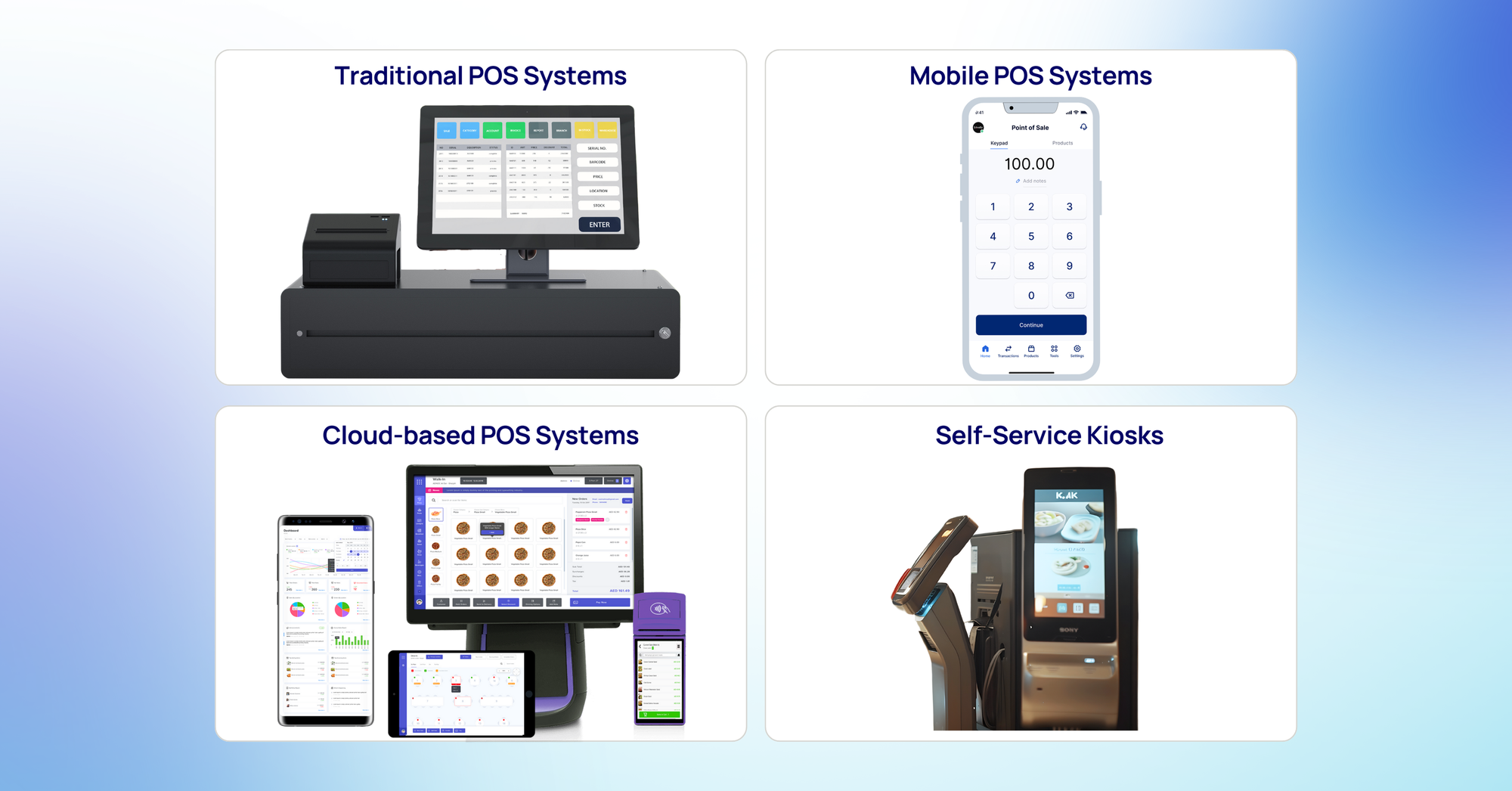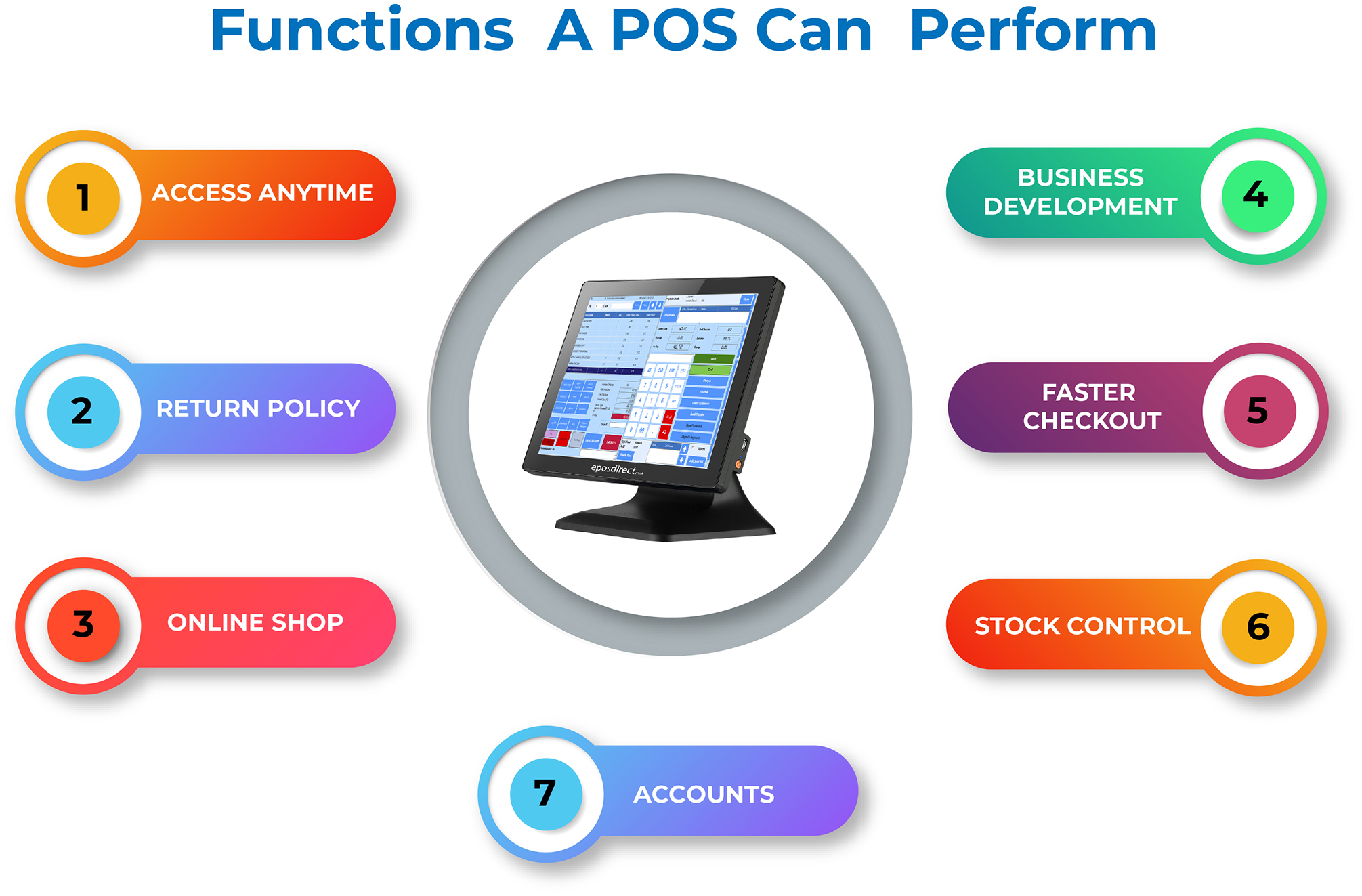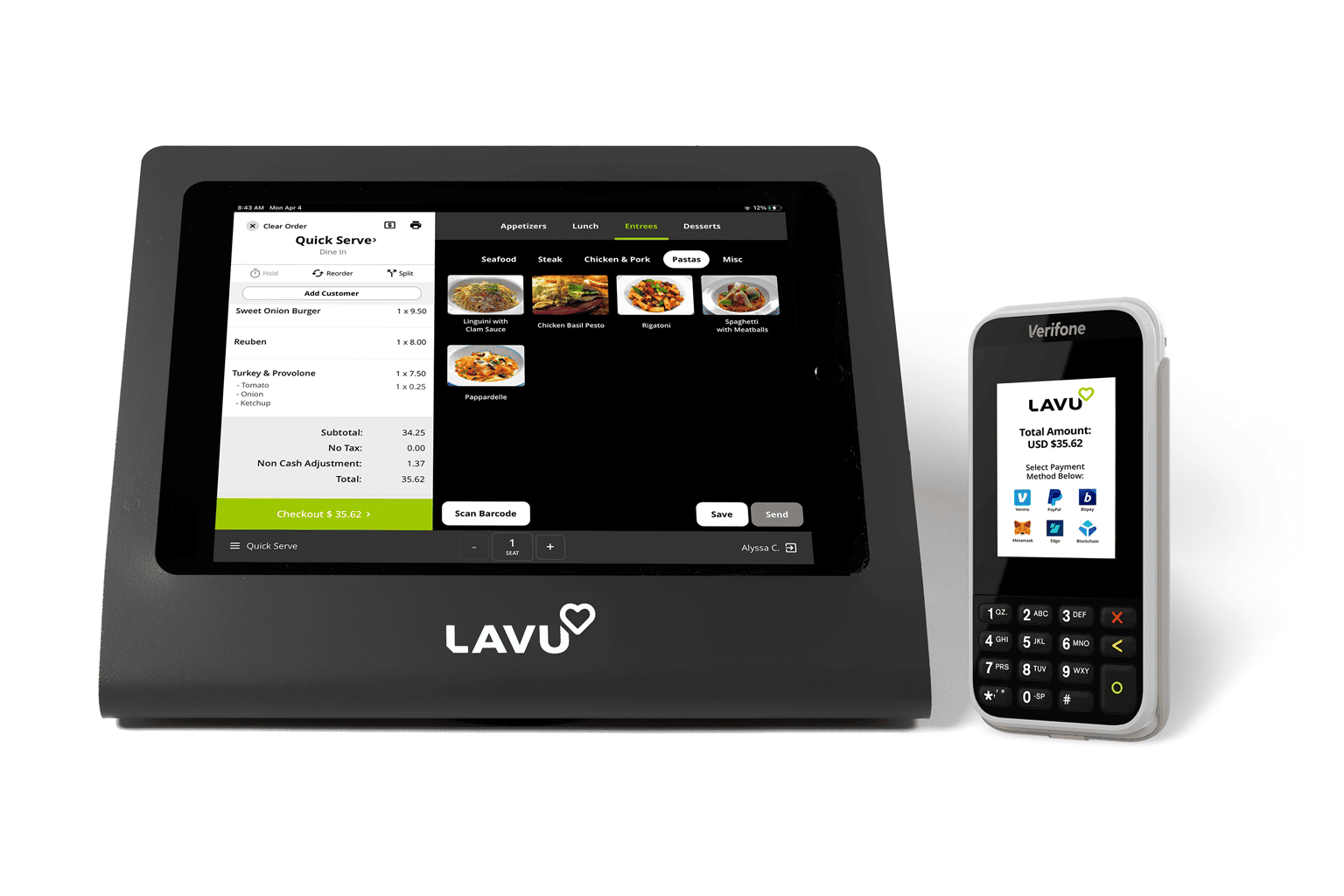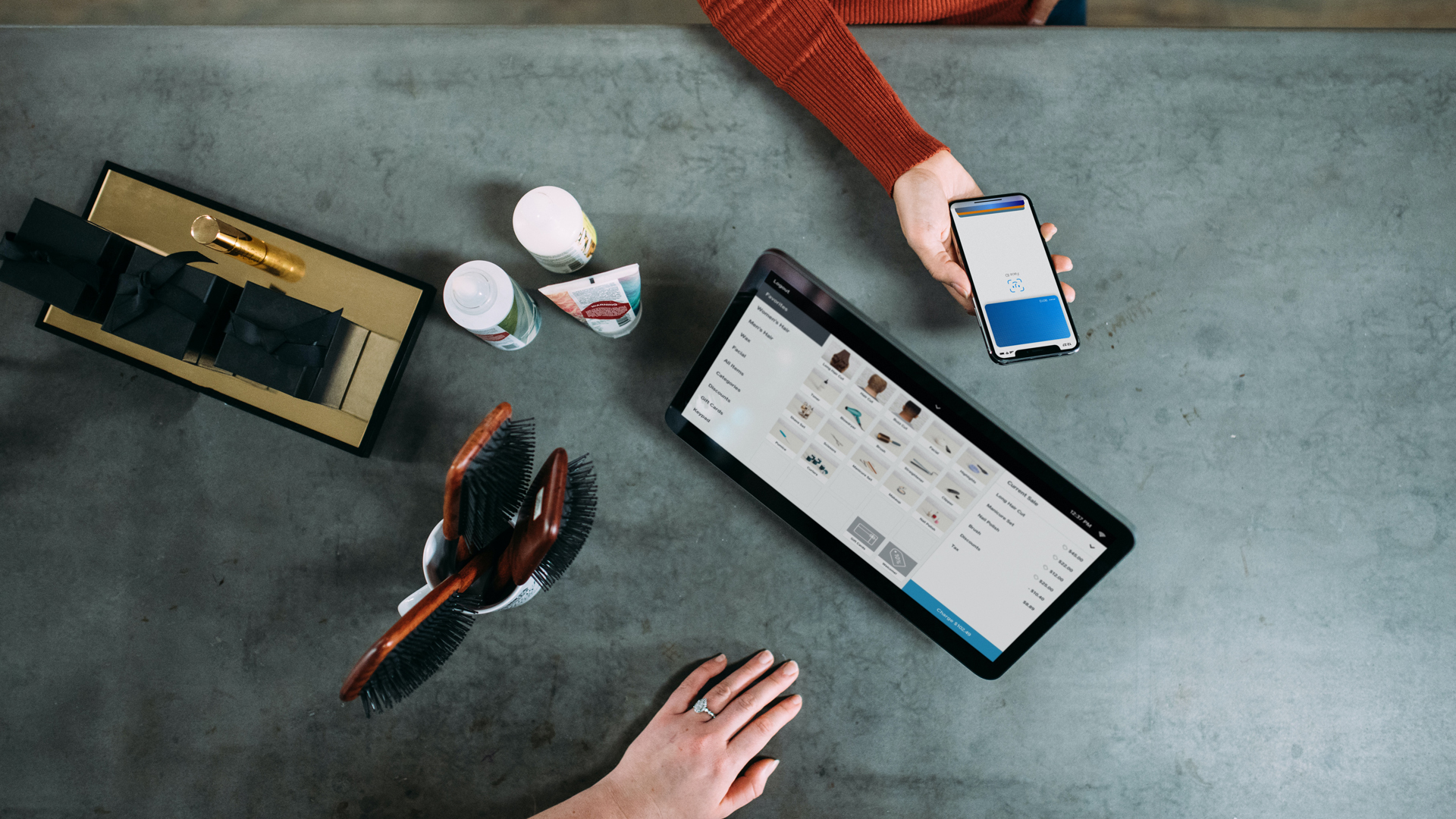How POS System Functions: A Comprehensive Guide for Entrpreneurs

Understanding the Elements of a POS System

Just How Sales Purchases Are Refined
When a client makes a decision to purchase, the sales transaction starts a series of systematic steps within the POS system. Initially, the cashier inputs the products being acquired, which are scanned via a barcode reader or by hand gotten in. This action retrieves product details, including rates and suitable tax obligations, from the system's database.Next, the consumer exists with the complete quantity due. The POS system then refines the settlement, whether via cash money, charge card, or mobile settlement methods (Restaurant POS Software). For electronic payments, the POS safely connects with repayment processors to authorize and validate the transaction.Once the settlement is verified, the system creates an invoice, which can be published or sent digitally. This invoice functions as proof of purchase for the consumer. Finally, the purchase data is tape-recorded in the system, guaranteeing precise sales documents and financial monitoring for the service
Supply Monitoring and Tracking

Reliable supply management and tracking are crucial components of a POS system, as they assure that services keep optimal supply degrees and lessen inconsistencies. A robust POS system enables real-time inventory updates, showing sales and returns instantaneously. This enables organization owners to keep track of stock degrees precisely, guaranteeing that popular products are readily available while stopping overstocking of less prominent products.Additionally, advanced POS systems supply features such as automated stock notifies and reorder tips, enhancing the procurement process. Barcoding and RFID innovation improve accuracy in tracking stock motion, decreasing human mistake. Comprehensive reporting devices supply understandings into stock turn over rates, assisting services make informed choices regarding acquiring and item offerings. Eventually, effective inventory monitoring with a POS system not only improves operational efficiency but also enhances client contentment by guaranteeing product schedule.
Evaluating Client Information and Insights
Consumer information analysis serves as an effective tool for organizations making use of a POS system (Restaurant POS Software). By checking out and accumulating deal information, services can uncover important insights about customer behavior and preferences. This analysis allows them to determine acquiring trends, peak shopping times, and prominent products, thereby informing supply choices and advertising strategies.Additionally, services can segment their customer base, enabling customized marketing efforts that accommodate particular demographics or buying practices. Recognizing client commitment patterns additionally aids in creating targeted incentives and promotions programs.The information obtained from a POS system can additionally disclose insights into customer comments, allowing organizations to make enlightened choices relating to product offerings and service renovations. Inevitably, leveraging customer information properly can improve the total buying experience, foster customer fulfillment, and website drive profits growth
Benefits of Implementing a POS System

Often Asked Inquiries
What Types of Businesses Can Take Advantage Of a POS System?
Various businesses gain from a POS system, consisting of retail shops, dining establishments, beauty salons, and e-commerce systems. These systems improve transactions, stock monitoring, and consumer data, enhancing functional efficiency and enhancing customer experience across diverse markets.
Just how Much Does a POS System Typically Price?
The price of a POS system usually varies from a few hundred to a number of thousand bucks, depending on attributes, hardware, and software application. Organizations have to take into consideration recurring fees for transaction, upkeep, and support handling when budgeting.
Can I Incorporate a POS System With Existing Software Program?
Integrating a POS system with existing software is often viable. Numerous systems use APIs or built-in compatibility features, permitting services to enhance procedures and improve capability by connecting various software application applications effectively.
What Training Is Required for Team to Use a POS System?
Educating for staff to use a POS system normally consists of understanding software program capabilities, refining purchases, managing inventory, and managing customer interactions. Practical demonstrations and hands-on technique sessions improve proficiency and confidence in utilizing the system efficiently.
What Occurs if the Web Drops While Making Use Of a POS System?
Deals might be interrupted if the net goes down throughout POS system use. Many systems supply offline capacities, permitting basic procedures to proceed, however full performance, including real-time stock updates, will certainly be restricted. A Point of Sale (POS) system is composed of a number of crucial elements that work together to manage and help with deals company procedures. Efficient stock monitoring and tracking are vital parts of a POS system, as they guarantee that companies maintain perfect stock degrees and lessen disparities. Customer data evaluation offers as a powerful tool for companies using a POS system. Understanding customer loyalty patterns additionally assists in creating targeted promos and benefits programs.The data amassed from a POS system can also disclose insights into customer comments, making it possible for organizations to make informed choices regarding item offerings and solution check here renovations. Implementing click here a POS system offers numerous advantages that can considerably boost organization procedures.